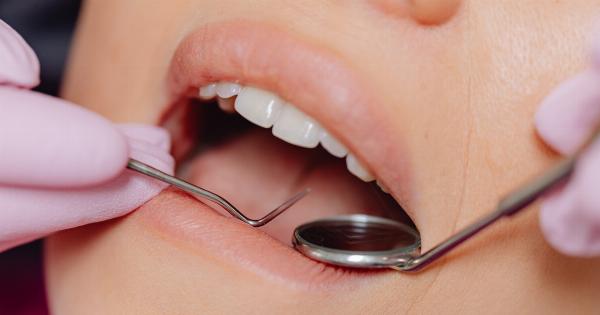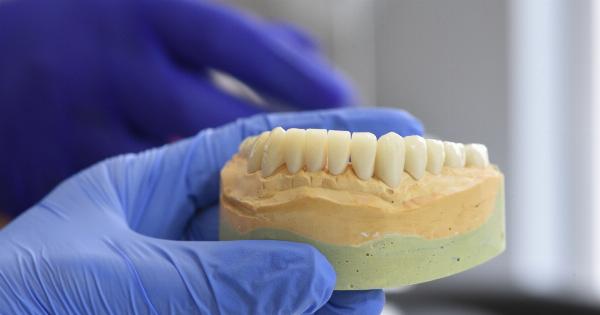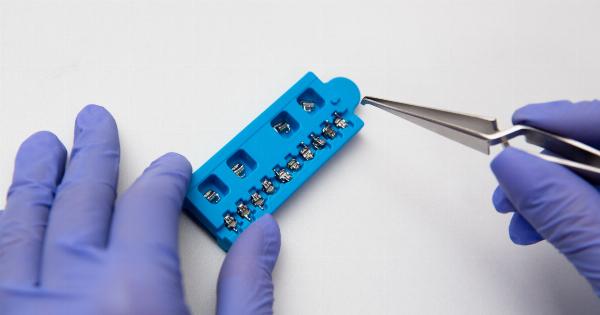The world of dentistry has come a long way since the ancient times when people would use sticks and stones to clean their teeth. Now, dentists have a wide range of tools and techniques at their disposal to help patients have healthy, beautiful smiles.
Among those options is balloon therapy, a revolutionary way to align teeth that is gaining popularity around the globe.
What is Balloon Therapy?
Balloon therapy, also known as interproximal enamel reduction (IER), is a non-invasive orthodontic treatment that involves the use of small balloons to make room for teeth to shift into their proper positions.
It is a quick and painless procedure that does not require braces or aligners to be worn for extended periods of time.
How Does Balloon Therapy Work?
The process of balloon therapy begins with an assessment of the patient’s teeth and bite to determine if they are a good candidate for the treatment.
If they are, the dentist will use a special type of balloon that is inserted between the teeth and inflated to compress the sides of the teeth. This process removes a small amount of enamel from the sides of the teeth, creating more space for the teeth to move into their ideal positions.
After the balloons are removed, the teeth are brushed with a special abrasive to smooth the sides. This process is repeated until the teeth are in their ideal positions.
The entire process takes only a few minutes, and most people experience little to no discomfort.
Benefits of Balloon Therapy
There are several benefits to choosing balloon therapy over traditional orthodontic treatments:.
- Non-invasive: Since no brackets or wires are attached to the teeth, there is no risk of damage to the teeth or gums.
- Faster treatment time: Balloon therapy typically takes only a few minutes per session, and the average treatment time is six months.
- More comfortable: Unlike traditional braces, balloon therapy is not uncomfortable or painful.
- Less visible: Balloons are not visible, making this treatment option ideal for people who are concerned about the appearance of traditional braces or aligners.
Who is a Good Candidate for Balloon Therapy?
Balloon therapy is an ideal treatment option for people with mild to moderate crowding or spacing issues. It is also effective for people with small teeth or those who have teeth that are slightly rotated.
However, it may not be suitable for people with severe orthodontic problems or those who have significant bite issues.
Risks and Side Effects of Balloon Therapy
Like any medical or dental procedure, balloon therapy has some risks and potential side effects. These may include:.
- Sensitivity: Some people may experience sensitivity to hot or cold temperatures after the enamel has been removed from the teeth.
- Uneven results: Balloon therapy may result in teeth that are slightly uneven or asymmetrical, depending on the amount of enamel removed.
- Small gaps: In rare cases, balloon therapy may create small gaps between the teeth that may need to be filled with a cosmetic dental procedure.
Cost of Balloon Therapy
The cost of balloon therapy varies depending on the complexity of the case and the geographic location of the dental practice.
However, it is typically less expensive than traditional orthodontic treatments like braces or aligners because it requires fewer visits to the dentist and does not require the use of expensive equipment.
Conclusion
Balloon therapy is a revolutionary way to align teeth that is quickly gaining popularity around the world. It is a non-invasive, comfortable, and cost-effective way to improve the appearance and function of your smile.
If you are interested in learning more about balloon therapy and whether it is a suitable option for you, talk to your dentist or orthodontist today.




























